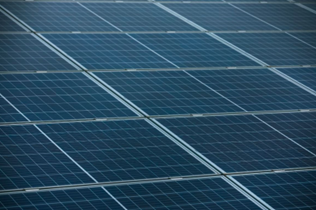As we have discussed many times here, there are advantages to solar, but sometimes they also come with a cost. The bottomline, though, is that many communities continue to roll out more solar, to reduce emissions, as homes are expected to become the single largest consumer of electricity and therefore one of the largest contributors of carbon dioxide emissions by 2050.
Consider the example of PearlX, which is headquartered in Charlottesville, Va., and has deployed many solar projects across the South. The company will often partner with multifamily owners to deploy future-proof infrastructure and create economic benefits for communities. The objective here is to offer families resilience and reliability, as many face blackouts, higher temperatures, and more extreme weather events.
At the end of last year, the smart-grid, clean-electrification company announced new projects in California. The large-scale rooftop solar installations will be located at Bordeaux Apartments in Atascadero and Dry Creek Apartments in Paso Robles. The rental communities are home to 800 residents, all of whom will have access to the PearlX solar program. This solar program is available now in California and Texas.
Looking at Bordeaux’s 866kW system, construction began in September, while Dry Creek’s 1.1 MW system launched in October. Both systems are expected to be fully operational by the beginning of this year, offering greater opportunities for residents.
Here’s how this can help. The new installations will provide renters with access to discounted power at no upfront cost to them, with PearlX financing the entire system. Building owners Vandenberghe Properties will also experience advantages from increased cash flows through lease payments from PearlX.
While both being in California also offers other unique opportunities. The installation will use California’s Virtual Net Metering program to allow the solar generation at the community to be credited to the resident’s utility accounts.
The benefits are widespread for all. On average, residents will have roughly 80% of their annual electricity consumption due to the installation. The local utility, PGE, also will see some benefits as well, since much of the power generated at the communities will be consumed onsite, which will ultimately minimize grid demand.
These two projects now become the latest developments to break ground in PearlX’s California program.
Certainly, this is only one example of new solar projects, but if history is any indication of what is to come, I expect we will continue to see more solar projects roll out in the months ahead. The opportunities exist for many, but there are still some factors that may hold back widespread adoption, like the initial upfront cost.
What are you seeing in your own communities? Is solar a top priority for many in your area? Have you considered it for your own home?
Want to tweet about this article? Use hashtags #IoT #sustainability #AI #5G #cloud #edge #futureofwork #digitaltransformation #green #ecosystem #environmental #circularworld #solar #smartgrid


